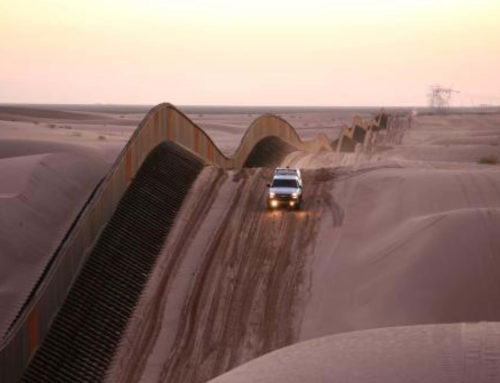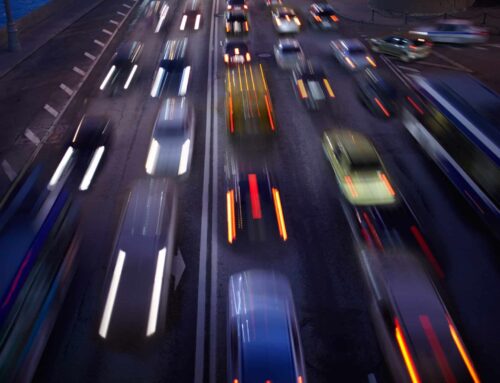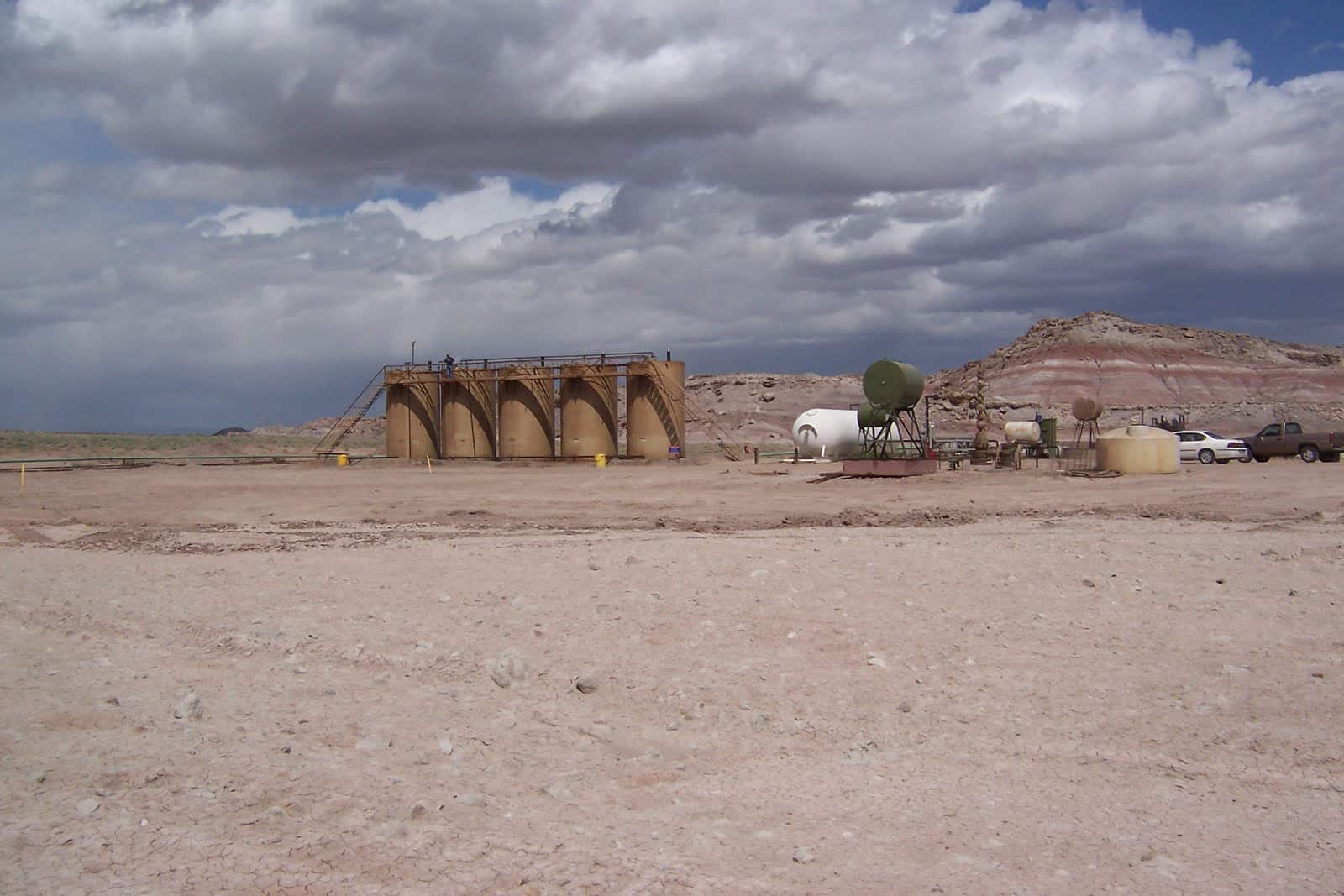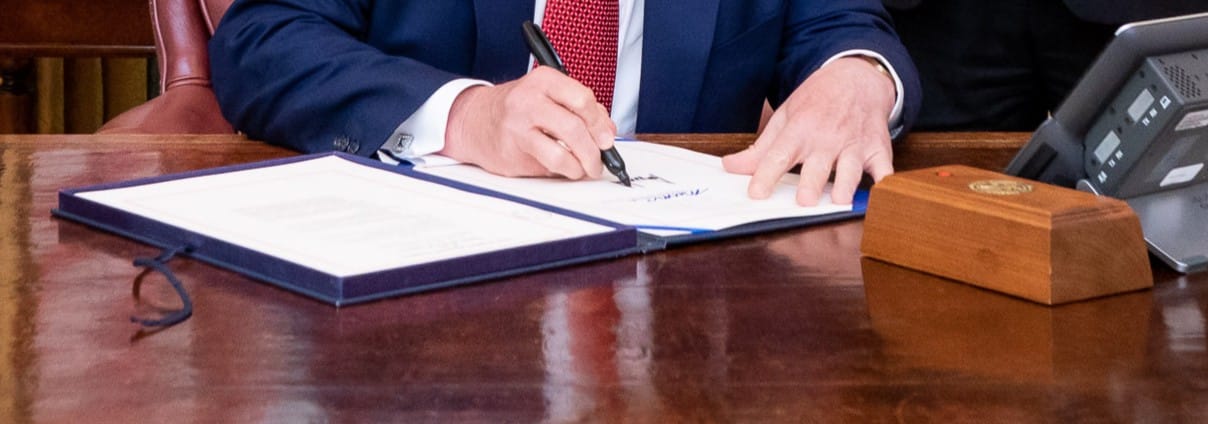With Groundhog Day fast approaching, you’ll forgive us for relating to Phil Connors in the movie of the same name. We wake up every morning to a seemingly endless loop of budget crises, fiscal cliffs, and debt ceiling debates. And recently we were reminded that there’s another “cliff” to add to the list: the nation’s transportation program. When the current funding bill (MAP-21) expires in 2014, Congress will have its work cut out to keep the program operating at anywhere near current funding levels.
When Congress passed MAP-21, a two-year transportation funding bill, it did so in the face of severely declining gas tax receipts. Gas taxes had been essentially the sole source of federal surface transportation funding for decades. But in recent years, several factors have converged to leave gas tax collections short of transportation spending: increasing fuel economy of the nation’s vehicle fleet, flat rates of the number of miles driven, and a federal gas tax that is not pegged for inflation and hasn’t been raised in 20 years.
As a result, since 2008 Congress has been taking money from the Treasury to make up the difference between gas tax collections and spending levels. They paid for part of MAP-21 the same way, taking $18.8 billion from the Treasury to backfill a program that used to be completely self-financing. This is a troubling path, in no small part because this is deficit spending; more than $50 billion has been transferred from the Treasury for transportation since 2008.
And because Congress did not come up with a sustainable source of revenue, the cliff the program faces in 2014 is now even steeper. A chart by the Congressional Budget Office (see page 8) shows the severity of the situation in stark detail. Even assuming steady gas tax receipts (they could very well go down) and steady levels of spending (they really should go up to meet our needs), the projected deficit is massive. Between MAP-21’s expiration and 2022, the shortfall will be $75 billion in the highway account and another $34 billion in the transit account. That’s $109 billion over just 8 years!
The situation in the states is no better, and the writing on the wall is that money from Washington won’t be there to prop up the state programs. As a result, Virginia Governor Bob McDonnell has proposed a fairly radical plan to increase transportation funding that would do away with the state’s gas tax (paid on each gallon of gas by users of the system) altogether, replacing it with an increase in the state’s sales tax (thereby spreading the responsibility to all taxpayers, whether they use the roads or not). This would totally undermine the “user pays” principle that has been a bedrock of transportation funding for decades. Though we don’t agree that this proposal is a good idea, it does highlight the growing recognition at the state level that they must do more to pay their way on transportation.
If Congress is going to solve the funding challenges facing transportation, it is going to take bold leadership and an innovative approach, which appear to be in short supply lately. There are many options that can be considered: increasing the gas tax; charging drivers per mile instead of per gallon (a so-called vehicle miles traveled fee); instituting a sales tax on gasoline (instead of a set amount per gallon as with the gas tax, this would be a percentage charge and would therefore produce more revenue when prices drop and more revenue when prices rise); and giving states increased ability to toll drivers. These are just a few of the ideas that have been circulating around Washington lately, and it will very likely take a combination of solutions.
The transportation fiscal cliff is real, and Congress doesn’t have much time. If the conversation doesn’t start soon, and in earnest, about how to fund the program going forward, then we’ll soon be waking up day after day to the same old answers: deficit spending to backfill an inadequate gas tax. Congress needs to wake up and decide on a solution.











